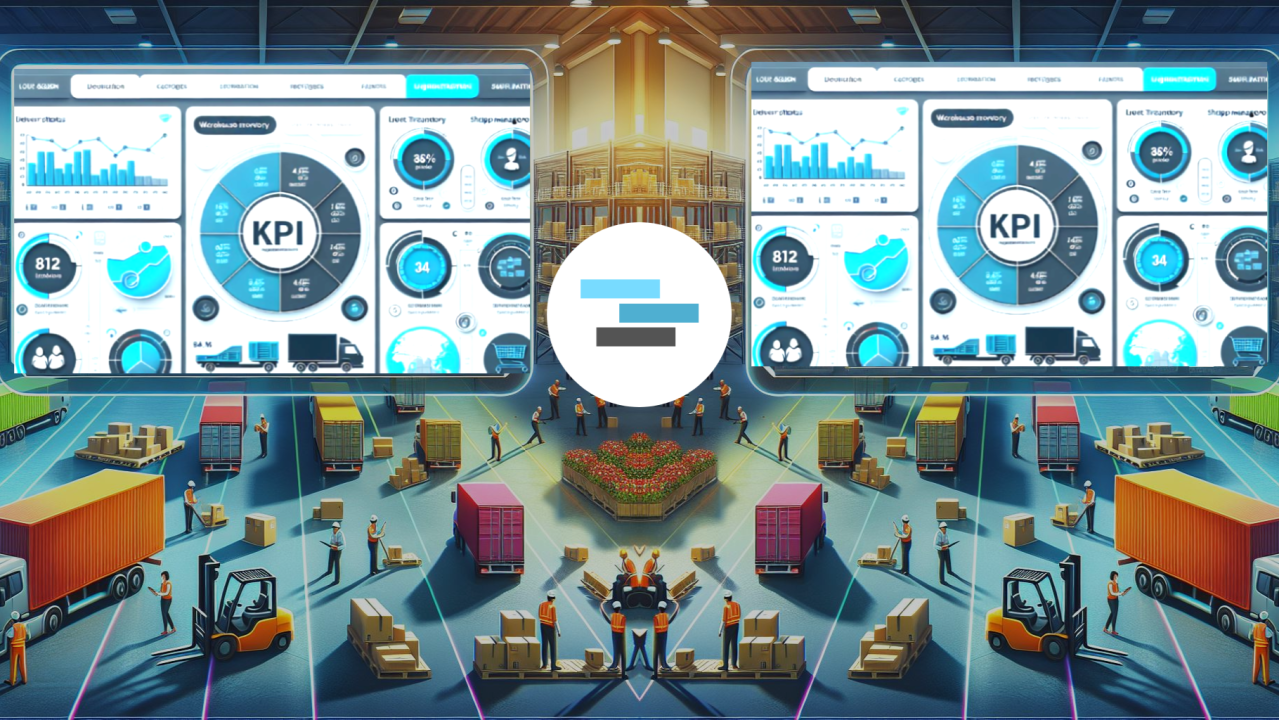Imagine a distributor, transporter, and warehouse operator all working on different tools, WhatsApp groups, spreadsheets, and phone calls. All trying to coordinate a single shipment. Now multiply that across hundreds of shipments every day.
What do you get? Delays, errors, blame games, and rising costs.
This is what fragmentation looks like in a supply chain.
But it doesn’t have to be this way.
The Cost of Disconnected Operations
Most logistics operations today still rely heavily on manual coordination. Each stakeholder, whether it’s a sales team raising an indent, a transporter assigning a vehicle, or a consignee waiting for delivery has partial visibility and incomplete control.
This fragmentation causes:
- Redundant communication
- Mismatched expectations
- Delivery delays
- Inaccurate invoicing and settlement issues
Worse, decision-makers lack real-time data to optimize or even diagnose bottlenecks. Everything becomes reactive.
The Shift Toward Flow: What Connected Supply Chains Look Like
A connected supply chain uses technology to bring everyone onto a single platform—where data flows, decisions are visible, and coordination is seamless.
Checkout how Openlane has Transformed Logistics Ops (and Revenue) of Mid-Sized 3PL by Moving Beyond WhatsApp & Excel
Here’s what happens when you move from fragmentation to flow:
- Indents raised by sales auto-trigger dispatch workflows
- Transporters get notified and confirm availability in-app
- Drivers receive optimized routes and digitized delivery instructions
- Consignees track shipments live and acknowledge delivery with ePOD
- Finance teams reconcile trips instantly with system-generated logs
The result? Fewer calls, faster deliveries, cleaner records, and happier customers.
Real-World Impact for 3PLs and Distributors
Companies that have adopted integrated logistics platforms have seen:
- 20–30% faster order processing
- Up to 18% reduction in transportation costs
- Drastic drop in missed deliveries or “where is my shipment” queries
- Immediate access to route, delivery, and cost analytics
For transporters, digitization means fewer disputes and faster payments. For distributors, it means better SLAs and inventory turns.
The Tools Behind the Flow
Moving from fragmentation to flow isn’t about buying expensive enterprise software. It starts with:
- Transportation Management Systems (TMS) to unify planning, tracking, and invoicing
- ePOD and route optimization tools to reduce friction at ground level
- Driver apps that simplify communication without adding to their workload
- Dashboards for real-time visibility across orders, routes, and costs
These tools don’t just digitize—they connect.
Collaboration > Control
Tech isn’t just about control; it’s about collaboration. When transporters, warehouses, sales teams, and customers are all on the same page, the entire ecosystem becomes more resilient.
And in today’s supply chain, resilience isn’t a luxury—it’s a competitive edge.
Interested to transformation of your supply chain ? Lets talk Book a Meeting
Let’s make the shift—from fragmented operations to connected, intelligent logistics.
Because the future of 3PL isn’t about moving goods. It’s about moving in sync.
#SupplyChain #LogisticsTech #3PL #DispatchPlanning #TMS #FutureReady3PL




